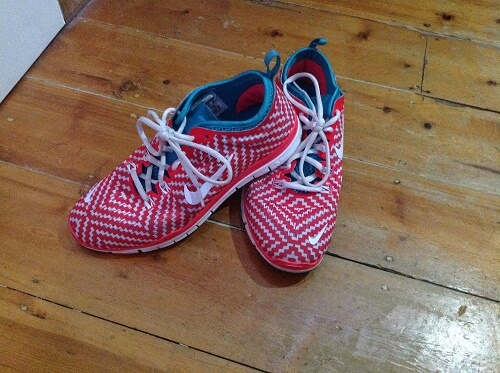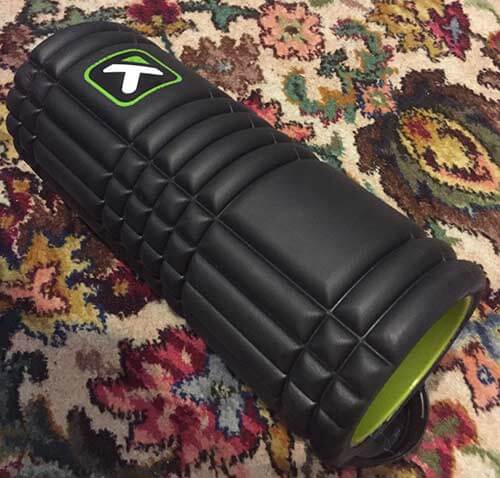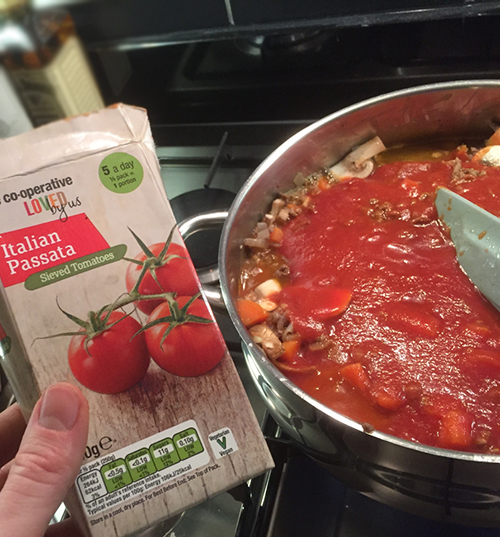
The slogan becoming harder to kill makes a good T-shirt, but is there a more profound meaning behind it? That’s what I set out to discover…
Survival comes down to functional training. This means how much of your training genuinely helps you in normal life, or what living wild would entail – picture zombie apocalypse where your running shoes are your best friend…
Obstacle course races have captured the imagination of our society, me included, and why is this? To me it feels like a chance to harp back to a bygone era, a primal time when your fitness was your weapon to survive. Perhaps it takes us being put into an environment where our survival of a course becomes the over-ruling concern to make us think of our fitness and health as being as important in our lives as it should be – I for one have certainly known of people who have rediscovered a desire to become ‘useful’ in their mind by doing such races, and that’s where I see the race’s purpose.
So what do we do with this new-found realisation? Probably very little but being an eternal optimist I can but hope. What we SHOULD do is not get bogged down in specialism – try to embrace all areas of fitness, especially the ones with clear transferable benefits to day-to-day life; and look at the training of the fittest, the athletes who cross sporting boundaries and the military personnel who train to meet any challenge, just to name two examples.






